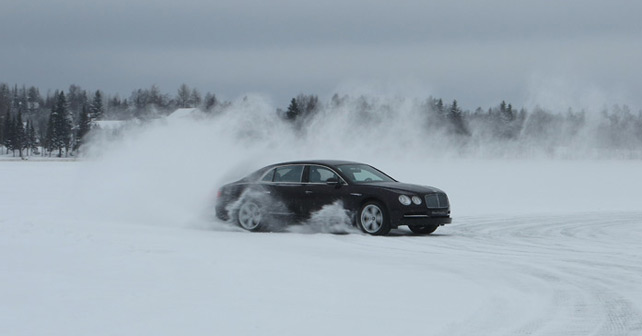
Last week, there was a sobering reminder of how driving shouldn’t be done. After coming around a long bend, the road straightened up, and we saw the flashing lights of the police cars stationed on the side of the road. And then, on the opposite side, the reason became apparent. Sitting on a flatbed tow-truck was a Nissan Skyline, with the driver’s side caved in extensively. Skid marks on the road showed the path where the young man had left the tarmac and crashed into a tree. The tree came away virtually unscathed, the young man didn’t. A chopper was dispatched to airlift him to hospital, but with severe abdominal and chest injuries, he was hanging on by a thread. The road was dry, it was a warm day, the particular stretch was fairly straight and it was a single vehicle accident. It begs the question, how does this happen? We can all draw our own conclusions, and it seemed plenty of people had. A quick chat to the local service station owner provided some insight. “He was racing a mate,” said the man, shaking his head. The particular road is well known for its twists and turns and quite challenging corners. It’s tight, then opens up, gets tight again and offers a lot of engaging fun, provided you know what you’re doing. And therein lies the issue. It’s a road I know fairly well, which is why I put a Rolls-Royce Wraith through its paces there, and afterwards we came across the aftermath of the accident. But there are plenty of people who don’t know the road well, yet go hell-for-leather along it. So, how do we stop this overconfidence which is getting people killed? Having kids will calm you down, as you realise you have more to live for than just yourself. But there’s another way to do it. I have always thought of myself as quite a good driver. I can drift, I’m fairly quick on a track and I can feel what a car is doing underneath me. Once I was driving on track I know intimately in a Jaguar XKR-S, thinking I’m going fairly quick. A local tarmac-rally driver I know was being ferried, and seemed to be enjoying himself. He’d never driven the car before and I asked if he’d like a go. So, he hopped in and that was the end of my self esteem. The way he handled the car, the corner speed he carried and how late he braked was simply mind blowing. His abilities were so far above mine that I was firmly put in my place. My limits were shown to me – far lower than I had realised. And that made me calm down quite a bit. A practical demonstration is the only way to understand how little you actually know about driving quickly. Theory is one thing, but being shown makes more of an impact. For those who think they know what they’re doing, hop in with someone very experienced and mentally compare where you would have braked, where you would have turned in. Try a skidpad, and see if you can actually hold a slide for more than three seconds, or do an ice-driving day – a spin is guaranteed. These controlled conditions, though, will build up layers of ability and strip down any self-confidence which has been falsely placed. Thing is, we just have to be brutally honest with ourselves and humble enough to listen to well-meaning instruction. After all, a couple of mistakes under supervision is better than one big error leading to another statistic.























Write your Comment